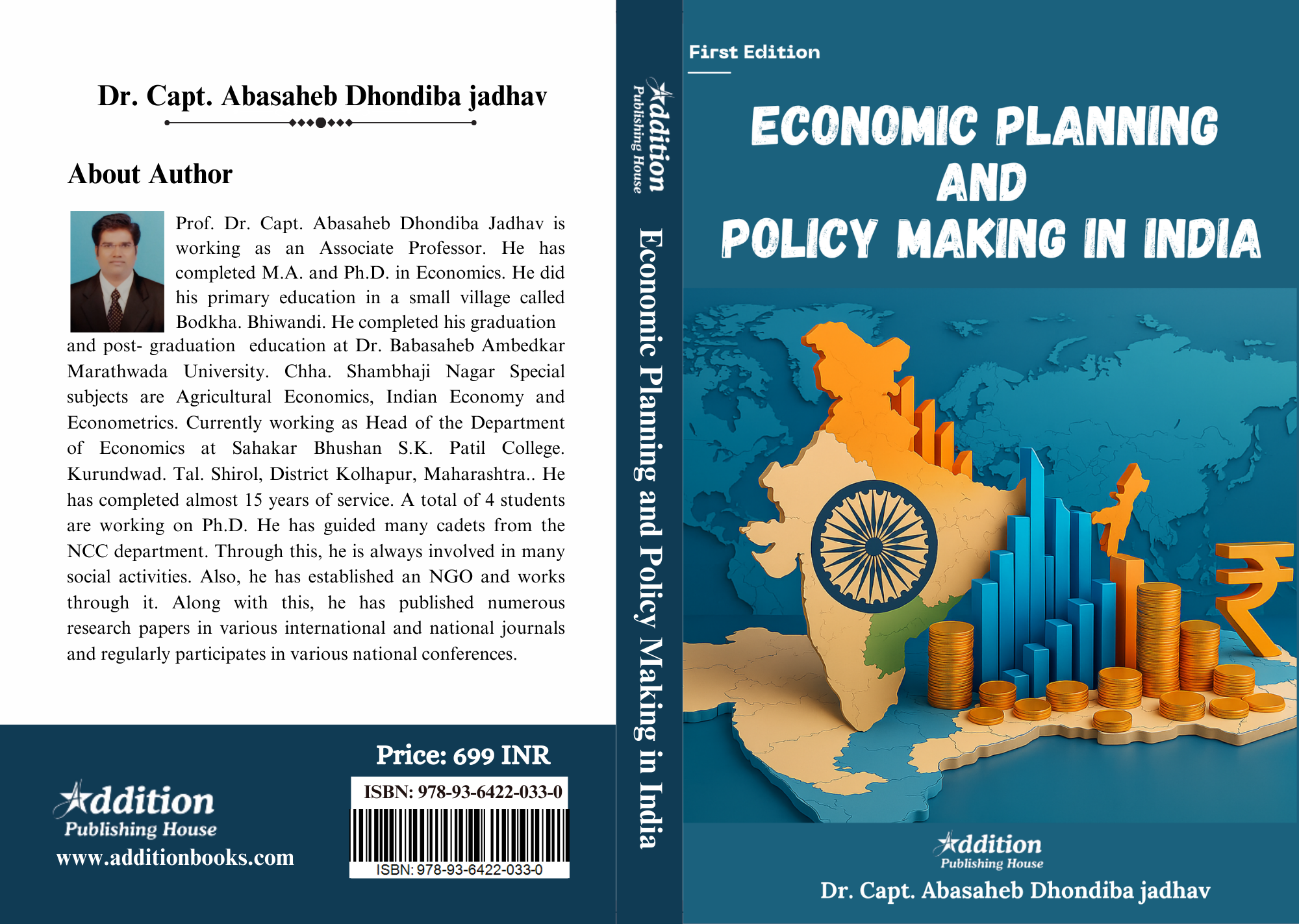Economic Planning and Policy Making in India provides a detailed and nuanced exploration of how economic planning has evolved in one of the world’s most diverse and populous nations. Beginning with the post-independence era, the book delves into the ideological and institutional foundations of India’s planning framework, tracing its journey through various policy regimes and developmental strategies.
Thebook covers key milestones such as the adoption of the Planning Commission, the implementation of the Five-Year Plans, the economic crises of the 1980s, and the landmark liberalization reforms of the 1990s. It also examines the transition from centralized planning to a more market-oriented economy and the replacement of the Planning Commission with NITI Aayog in 2015—a shift that marked a new approach to cooperative federalism and participative development
In addition to chronicling policy changes, the book investigates the practical challenges of implementing plans at both national and state levels. It explores the roles of various institutions, bureaucracies, and political ideologies in shaping policy outcomes. Special attention is given to the impact of planning on critical sectors such as agriculture, industry, infrastructure, health, and education
Designed for students, academics, policymakers, and anyone interested in India’s economic development, this book offers analytical depth, historical context, and real-world relevance. By combining theoretical frameworks with practical case studies, it bridges the gap between economic theory and policy practice.
In a world where economies are increasingly interconnected and planning must adapt to rapid technological and environmental changes; this book underscores the continuing importance of strategic policy-making. It serves not just as a record of past efforts, but as a guide to future directions in India’s developmental story.







Reviews
There are no reviews yet.